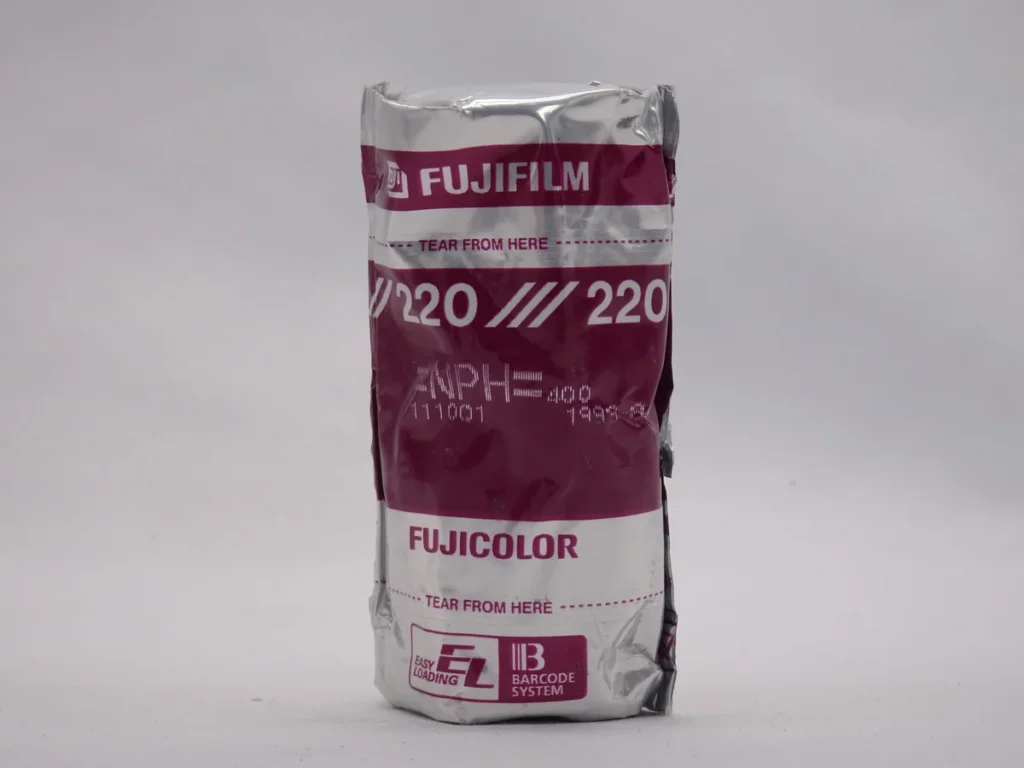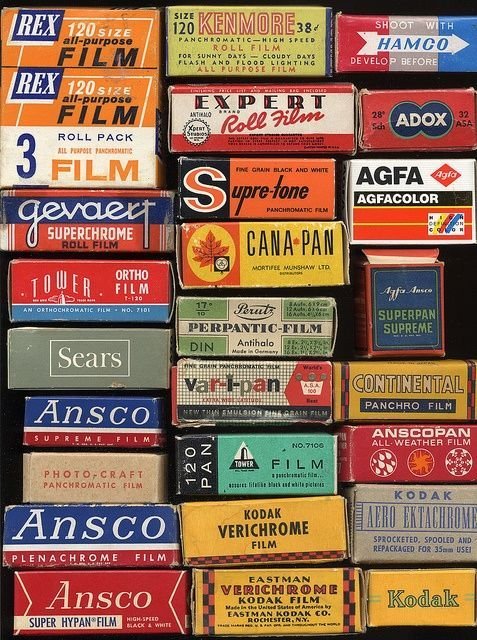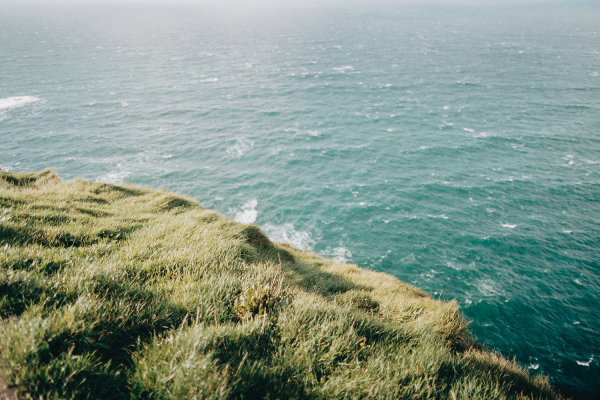
Key Takeaways
220 film is a medium format film that offers twice the length of 120 film, allowing for more exposures per roll.
It is similar in width to 120 film but lacks the backing paper, making it more compact and efficient for extended shoots.
220 film is less common today but remains a favorite among Lomography enthusiasts for its unique characteristics.
Using 220 film requires compatible medium format cameras and specific loading techniques to avoid exposure issues.
Shooting with 220 film can result in stunning, high-quality images with fine grain and rich detail, perfect for creative projects.
Photo by Nico’s Photography Show

Overview of 220 Film
The history of 220 film dates back to the mid-20th century. It was introduced as a solution for photographers who needed more exposures per roll. This was particularly useful in professional settings, such as fashion and wedding photography, where changing rolls frequently could be disruptive.
What is 220 Film?
220 film is essentially an extended version of 120 film. Both are medium format films, but 220 film offers twice the length, allowing you to capture more images per roll. This means you can shoot up to 24 exposures on a 6×6 camera, compared to just 12 exposures with 120 film. The extra length is achieved by removing the backing paper, which also makes the film thinner and more compact. For more information on similar film formats, check out our 70mm film format guide.

Comparing 220 to 120 Film
As mentioned earlier, 220 film and 120 film share many similarities, but there are key differences that can impact your shooting experience and results. Here’s a more detailed comparison:
|
Feature |
220 Film |
120 Film |
|---|---|---|
|
Length |
1440 mm |
720 mm |
|
Exposures |
Up to 24 (6×6) |
Up to 12 (6×6) |
|
Backing Paper |
None (except at the ends) |
Full length |
|
Weight |
Lighter |
Heavier |
|
Handling |
More delicate |
More robust |
Get 220 Film Here:
Benefits of Using 220 Film
Up to 24 (6×6) exposures
Image Quality and Grain
Lighter
Challenges
The lack of backing paper on 220 film means it’s more susceptible to light leaks
Availability, finding 220 film stock can be difficult
Encouragement for Experimentation
Don’t be afraid to experiment with 220 film in your photography projects. Its unique qualities and extended shooting time can open up new creative possibilities and help you capture stunning images. Whether you’re a seasoned photographer or new to medium format film, 220 film offers a rewarding and enjoyable shooting experience.
Sell Your Photos Online On Pixpa!
50% off https://www.pixpa.com?via=andreja72
Code: PXREF50
Frequently Asked Questions (FAQ)
Can I use 220 film in any medium format camera?
Many medium format cameras that use 120 film can also use 220 film with the appropriate film back or adapter. However, not all cameras are compatible, so it’s important to check your camera’s specifications before using 220 film. Some photographers prefer 120 film for its reliability and ease of use, despite the lower number of exposures per roll.
Why is 220 film less common today?
220 film has become less common due to the rise of digital photography and the decreasing demand for film formats. Additionally, the production of 220 film has declined, making it harder to find.





Leave a Reply